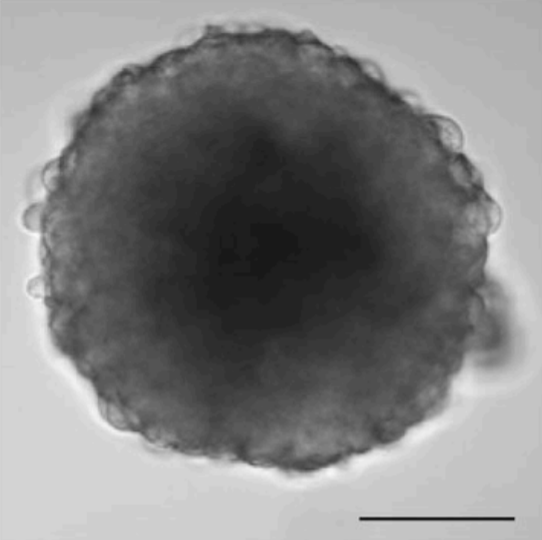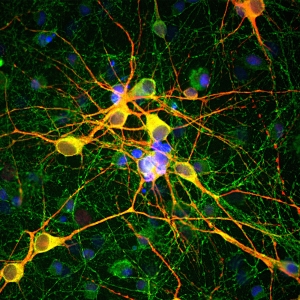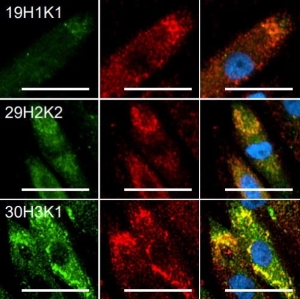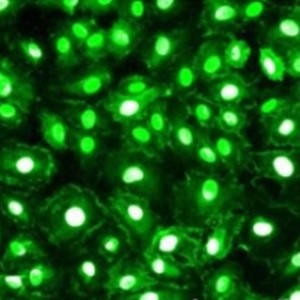Another day, another publication released using reagents from Neuromics. In this case, investigators used our human brain microvascular pericytes (Cat.# HMP104) and human brain astrocytes (Cat.# HMP202) when looking into the pathogenesis of malaria. You can find all publications using human cells & tissue from Neuromics here.
Image: BBB Spheroid with astrocytes and pericytes from Neuromics.
Researchers working together from the University of Copenhagen, Ispat General Hospital, and Harvard Medical School recently published their findings on the pathogenesis of cerebral malaria, one of the most serious complications related to malaria. Using human brain microvascular pericytes and human brain astrocytes from Neuromics to build a 3D spheroid model of the blood-brain barrier (BBB), they discovered that malaria-infected erythrocytes bind to brain endothelial cells. As a result, brain endothelial cells begin to swell, causing a breakdown of the BBB.

You can check out all of our human cells & tissue here: https://www.neuromics.com/human-cells-tissue
Citation:
- Yvonne Adams, Rebecca W. Olsen, Anja Bengtsson, Nanna Dalgaard, Mykola Zdioruk, Sanghamitra Satpathi, Prativa K. Behera, Praveen K. Sahu, Sean E. Lawler, Klaus Qvortrup, Samuel C. Wassmer, and Anja T.R. Jensen. (2021). Plasmodium Falciparum Erythrocyte Membrane Protein 1 Variants Induce Cell Swelling and Disrupt the Blood–Brain Barrier in Cerebral Malaria.Journal of Experimental Medicine, 218 (3). doi: 10.1084/jem.20201266






